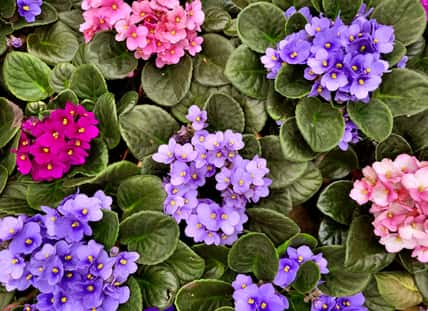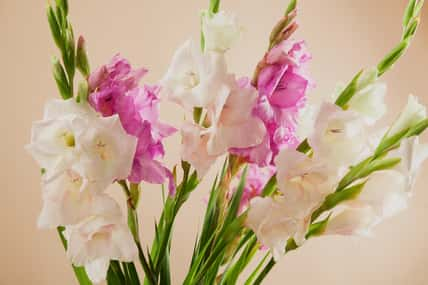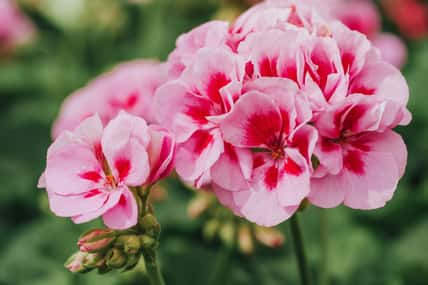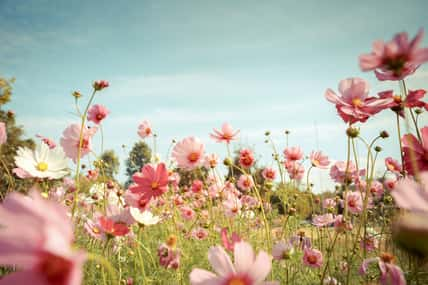
Do you know what flower is a favorite among brides and has a name that’s the ultimate tongue twister? Take a wild guess.
In case you didn’t come up with the correct answer, it just so happens to be the regal, the radiant, the ravishing ranunculus. What’s a ranunculus, you ask? Well, you might know it by its more common name, the buttercup.
Ranunculus comes from the region of Southwest Asia. When it was introduced to Europe, it was given the Latin name “ranunculus,” which translates to “little frog.”
It is believed that the flower was so named because of the habitat it thrives in, which are moist wooded areas, streams, wetlands, and fields.
Ranunculus flowers are beloved for their awe-inspiring beauty. The brightly colored blooms have ruffled petals and intricate shapes.
Although yellow is the most common color, other varieties of different shades have been cultivated, with hues of orange, white, red, and pink.
The flowers symbolize charm and attraction. Gifting a bouquet of buttercups to someone is a way of expressing your admiration for them.
With all the positive connotations surrounding buttercups, it’s easy to assume that they’re harmless little flowers. But in reality, they are toxic to both animals and humans, so don’t be deceived by their beauty!
The leaves of the buttercup contain a compound called ranunculin. Ranunculin breaks down into a toxic oil called protoanemonin, which is released when the leaves are crushed or bruised.
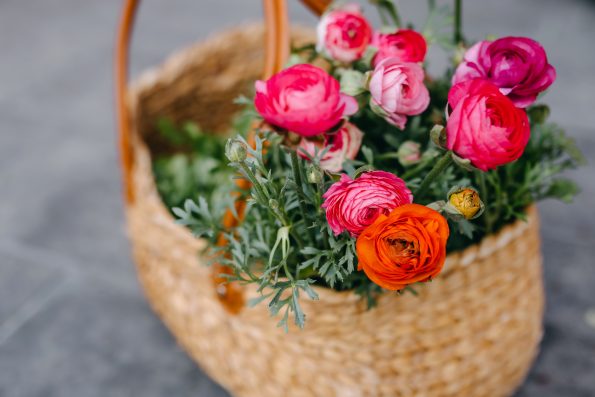
Any contact with protoanemonin will wreak havoc on your skin. You’ll develop rashes and blisters, along with unpleasant feelings of burning and itching.
If the buttercups are ingested, they can cause serious consequences, including diarrhea, vomiting, stomach pain, dizziness, and even paralysis.
The levels of toxicity in buttercups vary, but the plants are most poisonous in the springtime when they are at their peak. Dead or dried flowers are considered safe.
You can still grow them in your garden. Just be sure to wear protective gloves when handling them! They’re happy to grow in both containers and in the ground.
With the proper care, ranunculus can flower for up to five weeks. They also have a long vase life; the blooms last for about a week.
Whether you choose to plant them along borders or arrange them as a centerpiece for your dining table, they’ll create a spectacular scene around your home.
Sign up for Chip Chick’s newsletter and get stories like this delivered to your inbox.



